- No products in the cart.
Neyrobion tab n / about 20 pc
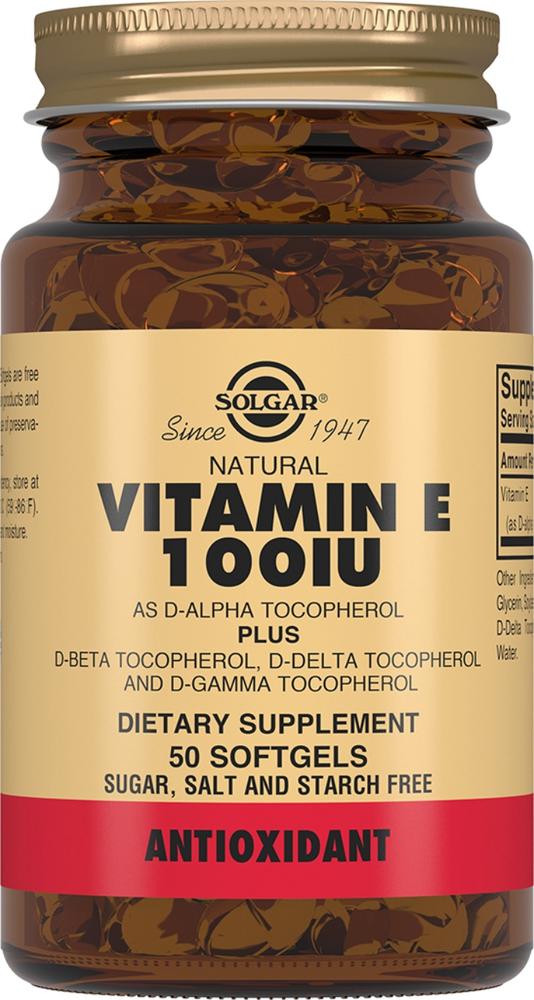
Solgar Vitamin E capsules. 560mg 100me 50 pc
$16.53
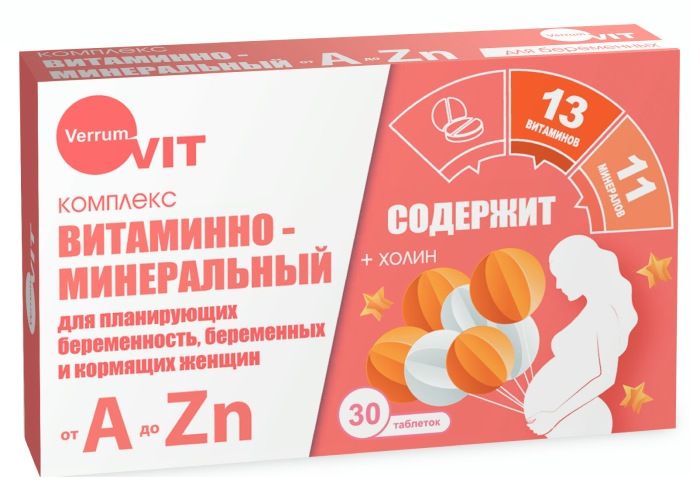
Verrum-vit vitamin-mineral complex of zinc and up tab for planning pregnancy pregnant and lactating women 30 pcs WTF
$6.68
$7.63
Neyrobion tab n / about 20 pc
Description
Composition
Active substance:
Thiamine disulfide 100.00 mg
Pyridoxine hydrochloride 200.00 mg
Cyanocobalamin mcg 200.00 * * amount of cyanocobalamin, including an excess of 20%, is 240 mg
Excipients:
Magnesium stearate 2.14 mg methylcellulose 4.00 mg, 20.00 mg of corn starch, gelatin, 23.76 mg lactose monohydrate 40.00 mg Talc 49.86 mg.
sheath:
Wax mountain glycol 300 mcg, 920 mcg gelatin, methylcellulose 1.08 mg, acacia Arabic 1.96 mg, 85% glycerol, 4.32 mg, povidone 25 thousand. 4.32 mg, 8.64 mg of calcium carbonate, silicon dioxide 8.64 mg colloidal kaolin 21.50 mg titanium dioxide 28.00 mg talc 47.10 mg sucrose 133.22 mg.
Description:
Round biconvex film-coated tablets almost white, shiny.
Product form:
Coated tablets.
10 tablets in a blister made of PVC / PVDC / AL.
2 blisters with instructions for use placed in a cardboard box.
Contraindications
Hypersensitivity to any component of the drug.
Age 18 years (due to the high content of active ingredients). The preparation contains lactose and sucrose, therefore its use is contraindicated in patients with hereditary galactose intolerance or fructose, lactase deficiency, glucose-galactose malabsorption or saharazno-izomaltaznoy insufficiency.
Indications
In the treatment of the following neurological diseases:
Neuritis and neuralgia:
– trigeminal neuralgia,
– neuritis of the facial nerve,
– intercostal neuralgia,
– pain caused by spinal cord injuries (sciatica, plexopathy, radicular syndrome caused by degenerative changes of the spine).
Interaction with other drugs
With simultaneous use of pyridoxine with levodopa may reduce the antiparkinsonian action of levodopa.
The simultaneous use of antagonists of pyridoxine (e.g., isoniazid, hydralazine, penicillamine or cycloserine) may increase the need for pyridoxine.
Thiamine is inactivated fluorouracil. Fluorouracil competitively inhibits the phosphorylation of thiamine to thiamine pyrophosphate.
Antacids reduce the absorption of thiamine.
“Loop” diuretics, such as furosemide, can block the tubular resorption, thus enhancing the excretion of thiamin for prolonged use, which results in a reduction of thiamine blood.
Drinking alcohol and black tea reduces the absorption of thiamine. Beverages containing sulfites (e.g. wine), increase degradation of thiamine.
Overdose
Vitamin B1:
Thiamine has a wide therapeutic range. Very high doses (> 10 g) have a ganglion-blocking action and inhibit the transmission of nerve impulses, i.e. have a muscle relaxant effect.
Vitamin B6:
Pyridoxine has very low toxicity.
Use of pyridoxine for 2 months or more at a dose of more than 1 g per day can cause neurotoxic effects.
In overdose after ingestion of 2 g per day the following effects: neuropathy, ataxia, sensory disorder, cerebral spasms with ECG changes, and, in some cases, hypochromic anemia, and seborrheic dermatitis.
Vitamin B12:
Following parenteral administration of high doses (and in rare cases, after ingestion) observed eczematous skin changes and benign form of acne.
The therapeutic measures for overdose consist in washing the gastrointestinal tract, administration of activated charcoal, symptomatic therapy appointment.
pharmachologic effect
Pharmacological group:
B vitamins
Pharmacodynamics:
The preparation contains a combination of active substances neurotropic complex B vitamins contained Vitamins: thiamine (B1), pyridoxine (B6) and cyanocobalamin (B12) play a special role as coenzymes in intermediary metabolism, flowing in the central and peripheral nervous system.
Like other vitamins, they are essential nutritional components that the body can not synthesize their own.
The therapeutic administration of a vitamin B1, B6 and B12 fills often exists insufficient intake of vitamins to food, which ensures the presence in the body of necessary amounts of coenzymes.
The combined use of B vitamins increases their therapeutic efficacy because the combinations effectiveness superior to the individual components.
The therapeutic use of these vitamins in various diseases of the nervous system is aimed at, on the one hand, to compensate for the current deficit (possibly due to the increased needs of the body, caused directly disease) and, on the other hand, to stimulate the body’s natural mechanisms to restore.
However, indirect analgesic action of vitamin B complex has a beneficial effect on the therapeutic outcome.
Pharmacokinetics:
thiamin
After ingestion thiamine exposed dose-dependent transport mechanism which has a dual nature active suction at concentrations up to 2 mol / l and passive diffusion at concentrations over 2 mol / liter. In the liver occurs phosphorylation of thiamine. The half-life is about 4 hours.
The human body contains approximately 30 mg of thiamine. Given the rapid metabolism it is excreted in 4-10 days.
pyridoxine
Pyridoxine is absorbed very quickly, mainly in the upper intestinal tract, and a maximum of 2-5 hours. Performing coenzyme function requires phosphorylation of pyridoxine. Pyridoxine in phosphorylated form (pyridoxal) nearly 80% bound to plasma proteins. The human body contains about 40-150 mg of pyridoxine. At day kidneys displayed 1,7-3,6 mg.
cyanocobalamin
Cyanocobalamin is absorbed from the gastrointestinal tract by means of two mechanisms:
– release under the action of gastric juice and rapid binding to intrinsic factor,
– passive diffusion through the intestinal epithelium regardless of the intrinsic factor.
At doses greater than 1.5 mg latter mechanism plays a significant role.
Patients B12-deficiency anemia reabsorption after oral administration is about 1% of 100 g or more.
Excess cyanocobalamin mainly accumulates in the liver.
it is excreted from the liver with the bile into the intestine and largely reabsorbed under enterohepatic circulation. Metabolic rate cyanocobalamin per day of 2.5 ug.
Pregnancy and breast-feeding
During pregnancy and lactation Neyrobion® use of the drug is not recommended due to the high vitamin content.
Vitamins B1, B6 and B12 excreted in breast milk, however, the risk of an overdose in a newborn is not installed. In some cases, high doses of vitamin B6 (> 600 mg per day), can suppress the secretion of breast milk.
If necessary, the drug during lactation, discontinue breastfeeding.
Conditions of supply of pharmacies
On prescription.
side effects
OChastota side effects of the drug is seen as follows:
Very common:> 1/10
Common:> 1/100, 1/1000, 1/10 000,
The frequency is not set: can not be estimated with the available data.
Immune system:
Rare: hypersensitivity reactions such as sweating, tachycardia and skin reactions – itching, urticaria.
From the digestive system:
The frequency has not been established: nausea, vomiting, diarrhea, abdominal pain.
special instructions
With prolonged use (more than 6-12 months). Vitamin B6 in a daily dose of 50 mg may arise peripheral sensory neuropathy. Therefore, long-term therapy is recommended to regularly monitor the condition of the patient.
If signs of peripheral sensory neuropathy (paresthesia) needs to be adjusted and, if necessary, to stop taking the drug.
When taking vitamin B12 clinical picture and laboratory parameters at the funicular myelosis or pernicious anemia may lose its specificity.
Effect on driving ability
Neyrobion® does not affect the ability to drive vehicles and management mechanisms.
Storage conditions
At temperatures above 25 ° C.
Keep out of the reach of children.
Dosing and Administration
The tablets are taken orally, without chewing, with a small amount of water, during or after a meal.
1 tablet 3 times a day or prescribed by a doctor.
Duration of treatment is determined by a physician and an average of 1-1.5 months.
Recommended for correction of the dose in the therapy for more than 4 weeks.
Information
Appearance may differ from that depicted in the picture. There are contraindications. You need to read the manual or consult with a specialist
Additional information
| Weight | 0.100 kg |
|---|---|
| Manufacturer | DR.REDDIS |

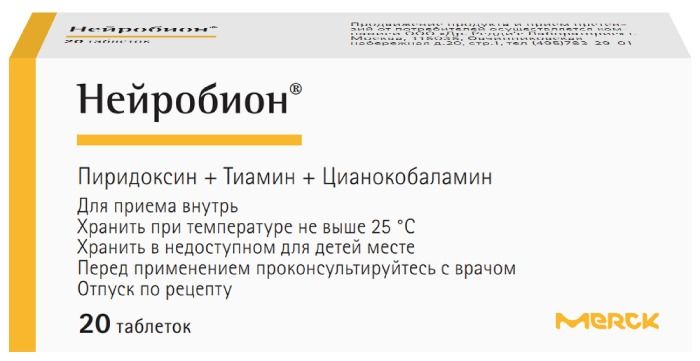
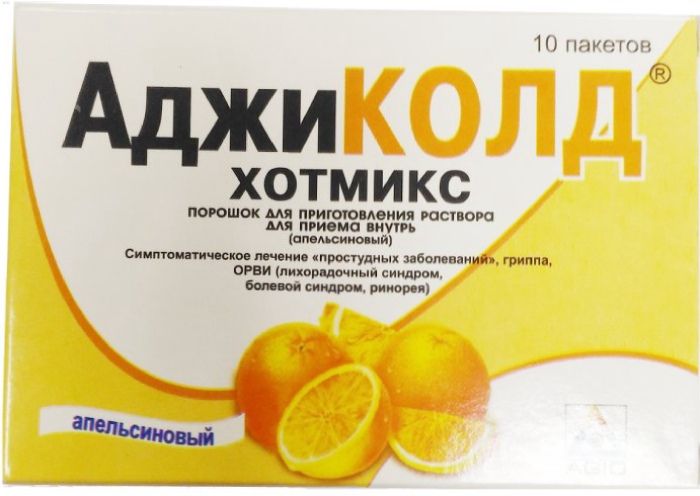
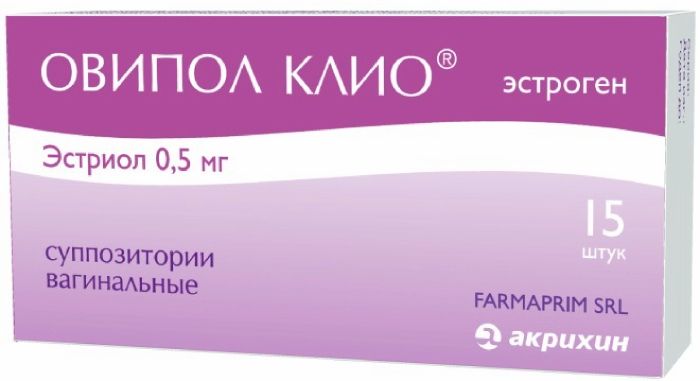

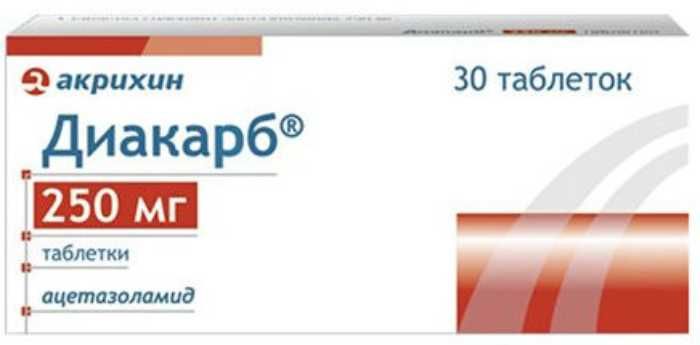
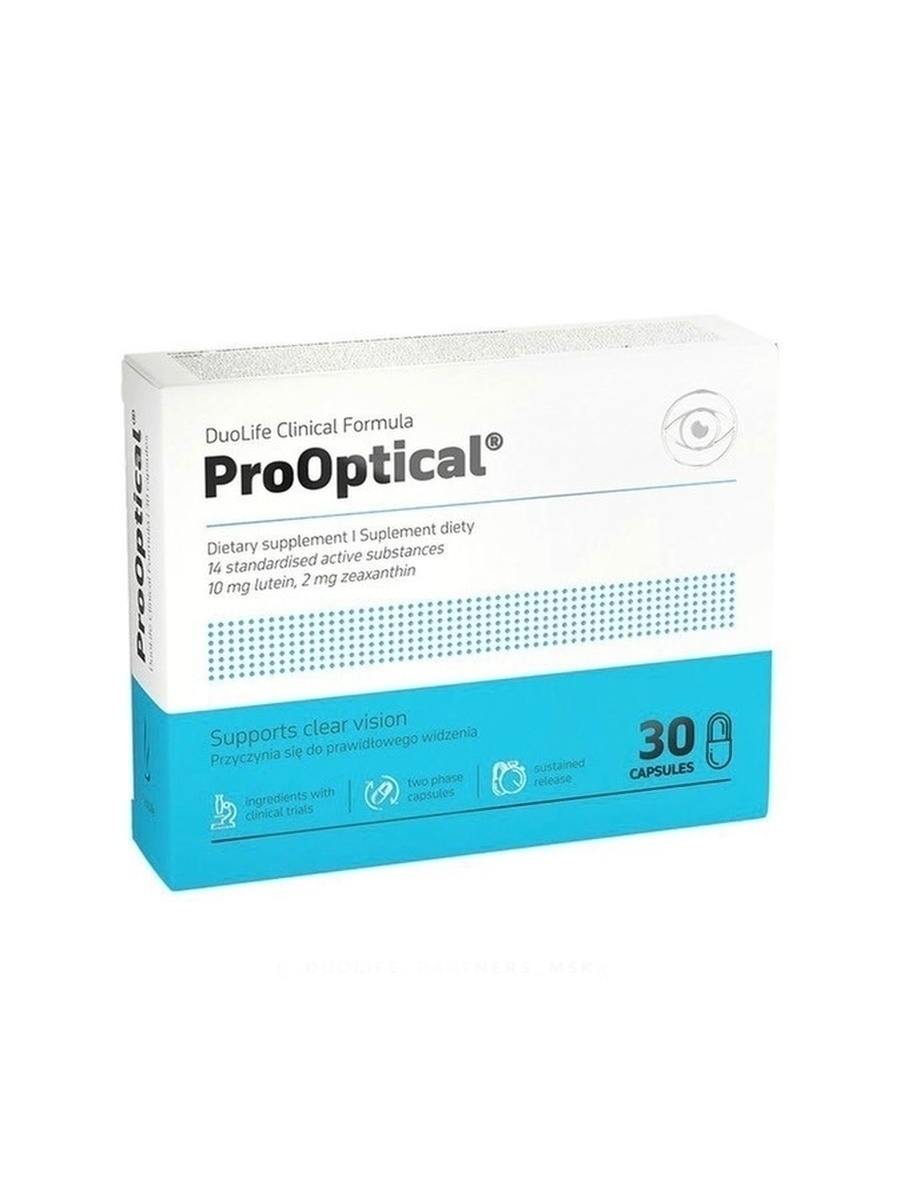
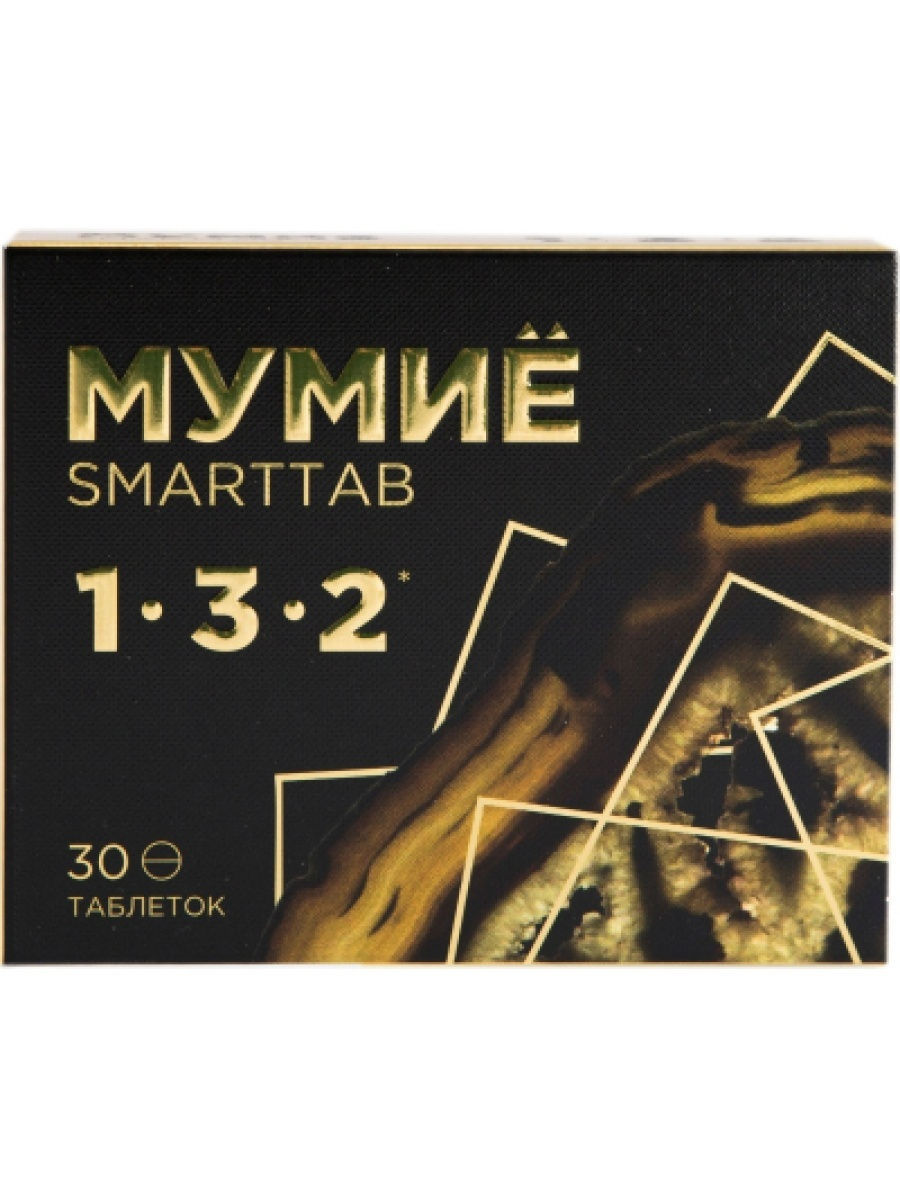




There are no reviews yet.